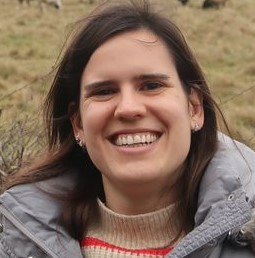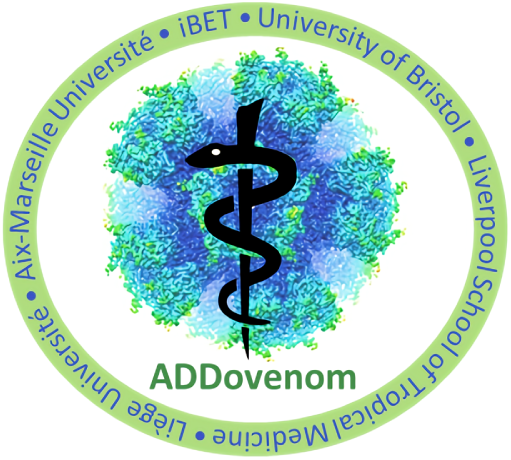For our Researcher Spotlight features, we interview members of the ADDovenom research team, to find out about their interests, their contributions to the project, and their hopes for the future of venom research.
Here, we speak with Raquel Garcia, a Research Associate in the Cell Based Vaccines Development Lab, Animal Cell Technology Unit at iBET (Instituto de Biologia Experimental e Tecnológica).
Can you tell us briefly about your own research interests and background?
I am a molecular biologist and virologist. I started my career in the field of microbiology, studying streptococcus identification techniques, and then moved on to molecular biology applied to baculovirus during my PhD. I have always felt very engaged with applied science and enjoy when my research has an impact in the medical field. At the Cell Based Vaccines Development Lab at iBET, I collaborate with pharmaceutical companies and research groups to develop cutting-edge approaches for vaccine generation using the baculovirus expression system in insect cells. My work focuses on the upstream development of recombinant proteins and VLP-based vaccines against infectious and/or neglected diseases (e.g., poliovirus, acute myeloid leukaemia, snakebites).
When did you first become interested in venom research?
Although I have never studied venoms before, my research has always focused on topics which can make a difference in the medical field. This project captivated me for the challenge it reflects, together with the major advance it will mean for antivenom research. Nowadays there is no multivalent antivenom, which means people are often treated with more than one antibody-based antisera, risking side effects, and increasing the treatment price. This also means not everyone has access to treatment in a timely manner.
What are your key responsibilities in the ADDovenom project?
I am coordinating iBET’s team on Work Package 5, which aims to optimize the upstream and downstream ADDomers production, to develop a scalable and GMP-compatible protocol. I am responsible for protocol development, implementation of methodologies, supervising my team, and coordinating with the wider ADDovenom team.
What do you hope will be the main outputs from your work on ADDovenom?
If we can get a highly productive and efficient process to produce a very stable ADDomer-based antivenom, we can offer a multivalent and affordable treatment for snakebites. This will enable treatment to reach more people, to be applied quicker (no need to identify the snake or for specialized professionals) and therefore hopefully reduce snakebite mortality and morbidity.
Can you tell us of one recent development in the world of venom research that has interested you?
I was happy to find out that recombinant snake toxins are being studied as biopharmaceuticals. For example, PEGylated Collinein-1, from Crotalus durissus collilineatus venom, was recombinantly expressed in the Pichia pastoris system and shown activity towards haemostasis control, therefore making it a drug candidate to modulate blood clotting.
Do you have a favourite snake – if so, which one, and why?
Snakes are fascinating for their diversity and capabilities (they eat animals bigger than themselves!). Even though I do not have a favourite snake, I have had a go at holding one!
Is there anything else you would like to tell us?
I am very happy to be part of the ADDovenom team! This challenging project can only be successful by combining the expertise from each institution to develop a highly complex and unparalleled therapy.



